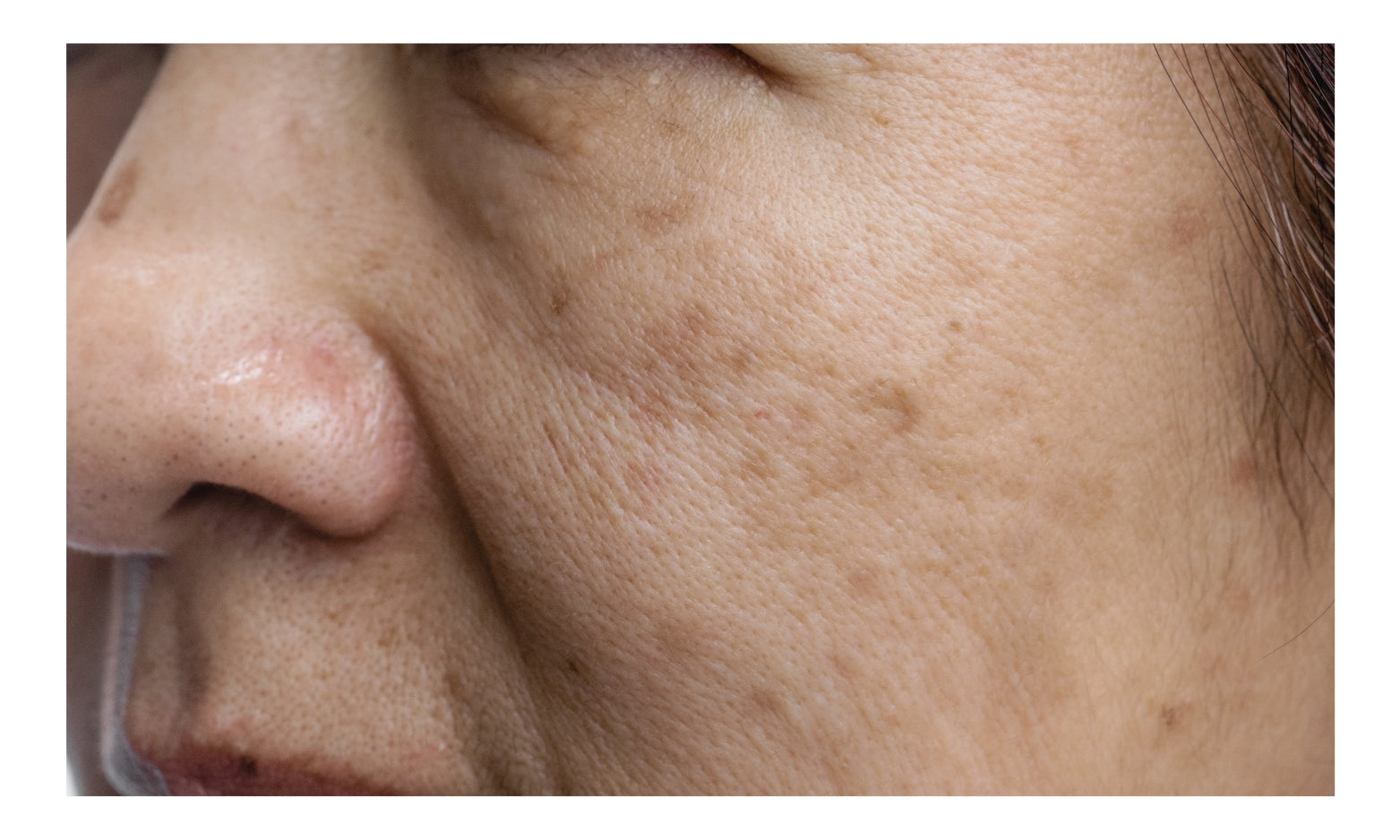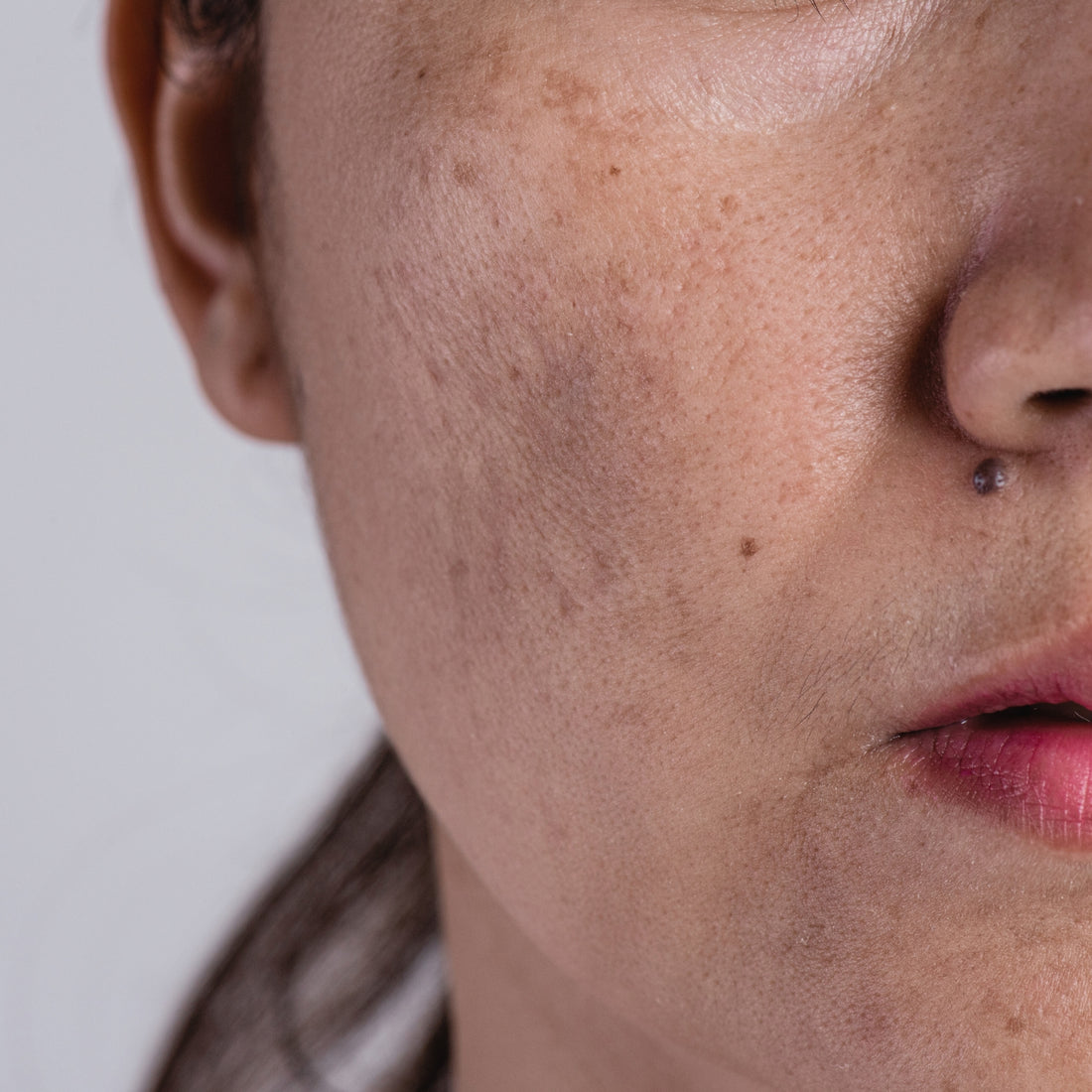
Restore Balance & Reveal Radiance to Discolored Skin
Uneven skin tone, dark patches, or lightened areas can affect more than your appearance — they can impact confidence and quality of life. At Chicago Cosmetic Surgery & Dermatology, our board-certified dermatologists and aesthetic experts specialize in diagnosing and treating a range of pigment disorders with advanced, customized solutions.

What Are Pigment Disorders?
Pigment disorders occur when your skin produces too much or too little melanin — the pigment responsible for your skin, hair, and eye color. These imbalances can lead to dark spots, patches, or lighter areas on the skin. While not always medically serious, they often require expert care to manage, especially when persistent, progressive, or cosmetically distressing.
Types of Pigment Disorders

Melasma
Melasma appears as symmetrical brown or gray-brown patches, typically on the cheeks, forehead, upper lip, or chin. It’s often triggered by:
- Hormonal changes
- Sun exposure
- Heat and light exposure

Sunspots
Also known as age spots or liver spots, these flat brown spots are caused by long-term sun exposure and typically appear on the face, chest, shoulders, and hands.

Brown Discoloration (Hyperpigmentation)
After acne, eczema, or injury, the skin may develop brown patches or marks — especially in medium to dark skin tones.

Vitiligo
Vitiligo is a chronic condition where the skin loses melanin, resulting in white or light patches that can spread over time. It’s considered an autoimmune condition and may be linked to other systemic disorders.
Why choose Chicago Cosmetic Surgery & Dermatology?






FAQ's for Pigment Disorders
What causes pigment disorders like melasma, sunspots, or vitiligo?
What causes pigment disorders like melasma, sunspots, or vitiligo?
Pigment disorders are caused by an imbalance in melanin — the pigment that gives skin its color. Overproduction can lead to dark spots or patches (hyperpigmentation), while underproduction causes light patches (hypopigmentation), as seen in vitiligo. Triggers include sun exposure, hormonal changes, inflammation, injury, genetics, and autoimmune responses.
How do I know which type of pigment disorder I have?
How do I know which type of pigment disorder I have?
A clinical evaluation by one of our medical experts is the best way to determine the cause of your discoloration. We will use advanced tools such as the Visia Skin Analysis Machine to tailor your treatment plan accordingly.
Are pigment disorders permanent?
Are pigment disorders permanent?
Some pigment conditions, like melasma or post-inflammatory hyperpigmentation, can improve significantly with treatment and sun protection. Others, like vitiligo, are chronic but manageable. While results vary by condition and skin type, many patients experience long-lasting improvement with consistent care.
Is laser treatment safe for darker skin tones?
Is laser treatment safe for darker skin tones?
Yes — when performed by experienced providers using appropriate technology. Our team is highly trained in treating skin of color and uses pigment-safe lasers designed to minimize the risk of post-inflammatory hyperpigmentation or scarring.
Can I prevent pigment disorders from developing or worsening?
Can I prevent pigment disorders from developing or worsening?
In many cases, yes. The most important prevention strategy is daily sun protection using a broad-spectrum SPF 30 or higher — even on cloudy days. Avoiding heat, managing hormone triggers, and using pigment-safe skincare can also help reduce flare-ups or recurrence.
Take the first step to feel great in your own skin.
Get started with a consultation and find out what our team of experts can do for you.




